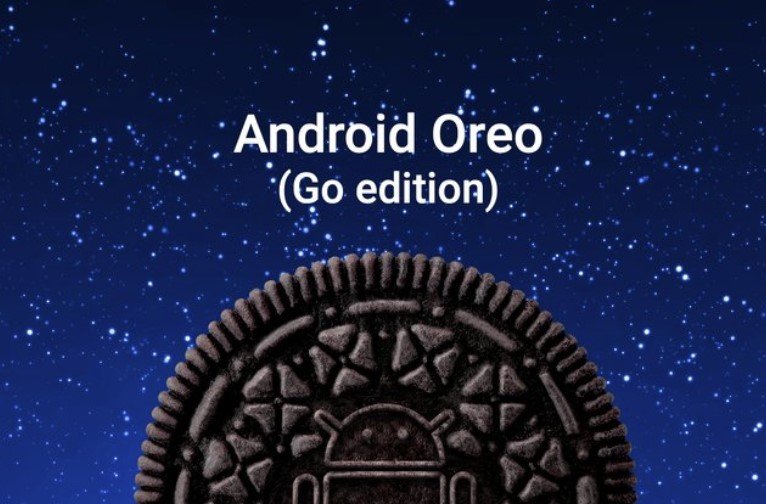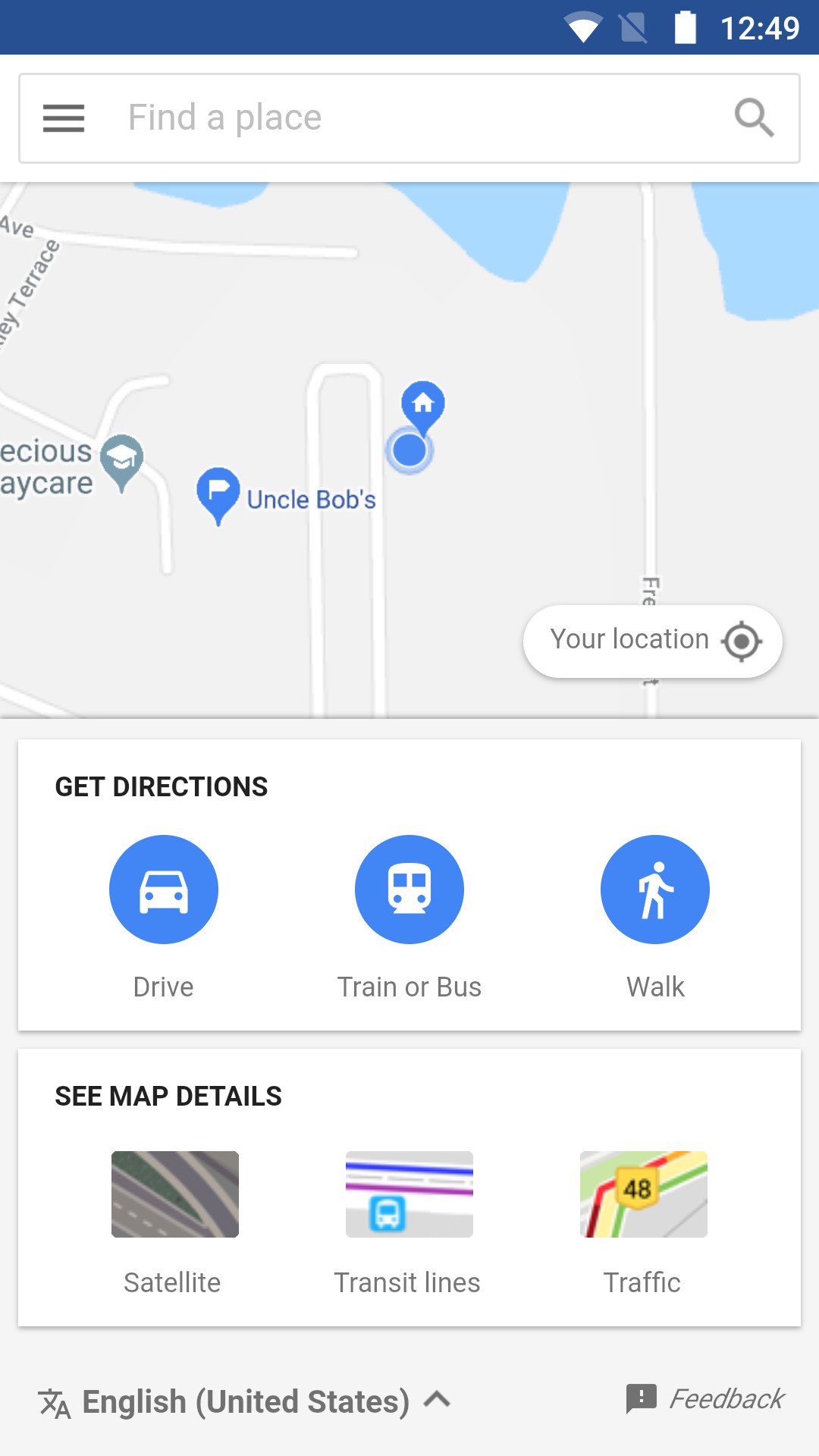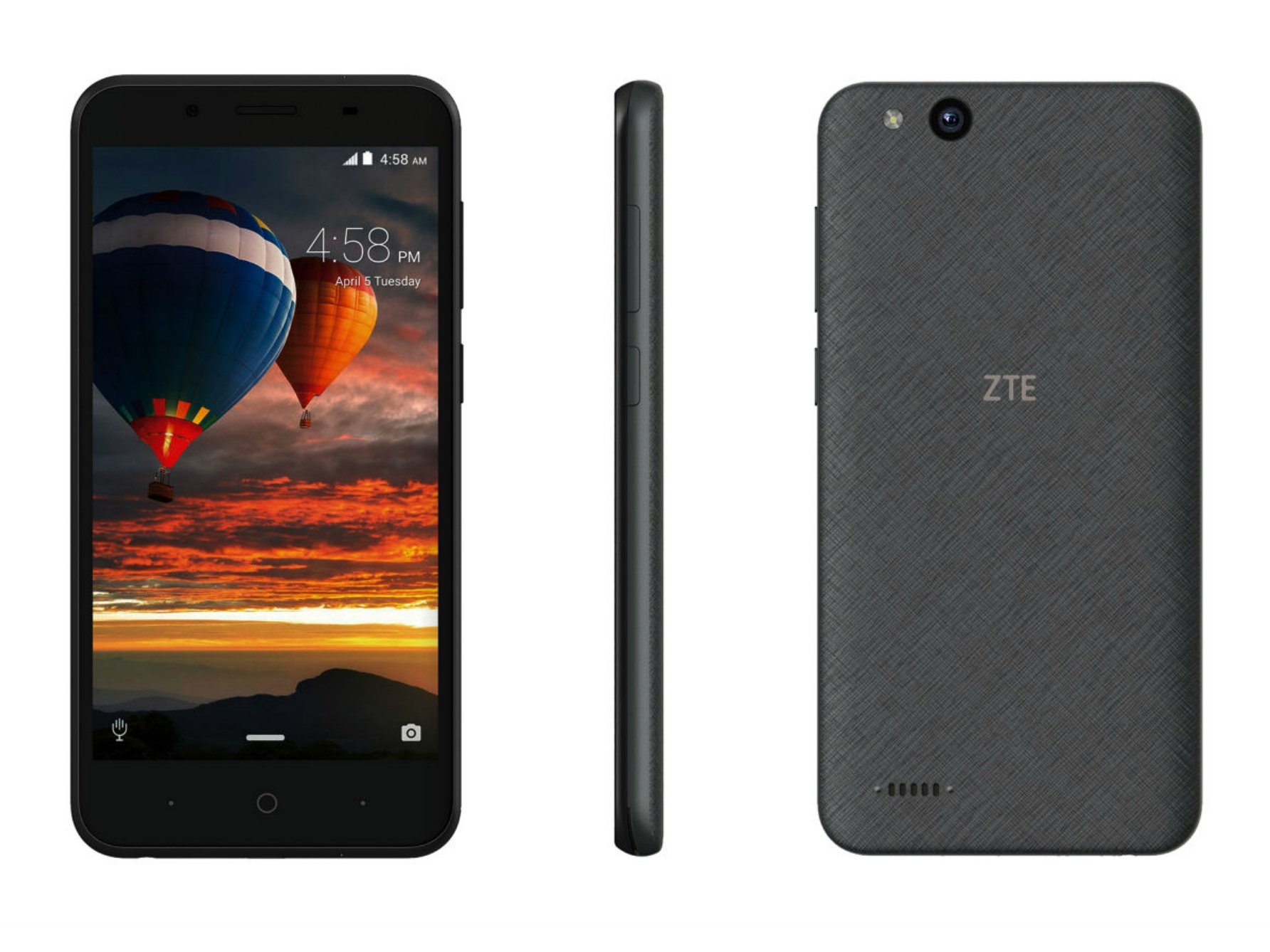Android Go lowers the barrier to entry for smartphones in emerging markets.
For a few years now, Google has been saying that its next billion users will come from countries like India. With a projected 500 million users estimated to make their way online for the first time over the next five years, Google sees a lot of potential in catering to this market.
The company even has a Next Billion Users team that designs products and solutions for the Indian market. Helmed by Caesar Sengupta, the unit has rolled out payment services like Tez, a minimalist app that hooks into the government's UPI interface for seamless bank transfers, a lightweight storage manager in Files Go, free public Wi-Fi at thousands of train stations across the country, and much more.
Its most ambitious bet is Android Go — a lightweight version of Android optimized for entry-level devices. Google has tried its hand at the budget segment previously with the Android One initiative, but Android Go is a reimagination of the budget segment entirely. During a visit to the country last year, Google CEO Sundar Pichai said that budget phones need to cost in the vicinity of $30 to be viable for the millions of Indians to consider making their first smartphone purchase. The Android Go platform is the realization of those efforts.
Android Go isn't all that different from the regular Android
Android Go uses the same foundation as the standard version of Android, but with several stability and performance tweaks thrown in to ensure it works on devices with underpowered hardware. The first version of Android Go is built on Android 8.1 Oreo, and the OS also has data management features integrated at a system-wide level, giving you the ability to closely monitor data usage.
And like all devices certified by Google, Android Go phones will come with Google Play Protect out of the box. The security suite leverages machine learning to look for malicious apps on your phone. It also constantly scans your app installs — even those that haven't been downloaded from the Play Store — to ensure your device is secure.
The platform comes with its own suite of apps
As Android Go is designed primarily to run on phones with less than 1GB of RAM, Google has rolled out lightweight versions of its apps tailored for the platform.
Designed from the ground up, Google Go gives you the ability to query the web and find recommendations, delivering a similar experience as the full-fledged Google app for a fraction of the install size.
That's the same story with Google Assistant Go, which brings Assistant to devices with less than 1GB of RAM for the first time. Assistant Go has been available in India for a few weeks, but it recently launched globally on the Play Store. There are certain things Assistant Go can't do, such as set reminders and control smart home gadgets, but it does allow you to set alarms, send texts, open apps, ask questions, and a ton of other functions.
Google Go, Google Maps Go, and YouTube Go.
As for Gboard Go, the lightweight keyboard retains the same feature-set as the standard version — autocorrect, voice typing, multilingual language support, emojis and GIFs — but in a smaller package. The same holds true for Maps Go and Gmail Go as well. Chrome in Android Go will have Data Saver enabled by default.
Files Go is Google's new storage manager, and it is fantastic. It does a great job of removing old files and cleaning the device cache, and it also comes with a feature that lets you easily send and receive files.
Another entry in this series is YouTube Go. YouTube Go was previously only available as a beta, but it's since launched in more than 130 countries. You can use the app for watching all your favorite YouTube clips, and Google even lets users download videos for offline use in Basic, Standard, and High quality without the need for a YouTube Red subscription. Better yet, these videos can be shared with other users without any sort of data connection.
The lightweight apps combined with fewer pre-installed apps means you'll get double the amount of storage on a phone with 8GB of internal storage when seen against the standard version of Android. The Play Store on Android Go devices will highlight lightweight apps that are designed to work best on the platform.
The first wave of Android Go phones are here
The first wave of Android Go phones made their debut at Mobile World Congress, and we now have a better idea of what Google is trying to achieve with the initiative. The highlight of the pack is HMD Global's Nokia 1, which is set to go on sale next month for $85.
The Nokia 1 comes with a 4.5-inch FWVGA IPS display (854x480), and is powered by MediaTek's MT6737M chipset with four Cortex A53 cores clocked at 1.1GHz. There's 1GB of RAM and 8GB of storage on offer, along with a microSD card that can extend storage up to 128GB, dual SIM card slot, a 5MP camera, 2MP camera at the front, and a 2150mAh removable battery.
The hardware is modest to say the least, but HMD Global is flexing its brand cachet and design prowess to differentiate the Nokia 1 from the rest of the devices in this category. For what it's worth, the Nokia 1 features bright polycarbonate designs at the back, and the removable nature of the battery means you'll be able to switch out the shells, à la earlier Lumias.
Then there's the Alcatel 1X, which offers a 5.3-inch 18:9 panel with a resolution of 960x480, 1GB or 2GB of RAM, 16GB internal storage, microSD slot up to 32GB, 13MP or 8MP camera based on the variant, 5MP front shooter, MediaTek MT6739 with 1.3GHz quad-core Cortex A53 cores, and a 2460mAh battery.
There's also a fingerprint sensor at the back, and the phone comes with a soft plastic finish that resembles suede. The Alcatel 1X will retail for €99 ($122), or €109 ($135) for the dual-SIM model.
ZTE's offering in this segment is the Tempo Go, which is powered by the Snapdragon 210 platform. The device features four Cortex A7 cores clocked at 1.1GHz, and comes with 1GB of RAM, 8GB of internal storage, microSD slot up to 32GB, 5MP camera at the back, 2MP front shooter, and a 2200mAh battery.
The most notable thing about ZTE's Android Go phone is that you'll be able to pick one up in the U.S. once it goes on sale.
We'll likely see more region-specific models make their debut once the first wave of devices go on sale early April. India's Micromax and Lava are set to roll out their devices — Bharat Go and Lava Z50 — as well, and it'll be interesting to see what they bring to the table.
With Android Go phones tailored at the entry-level segment, the hardware itself isn't particularly alluring. That said, Google is aiming to show that it's possible to deliver a decent user experience on sub-$100 devices. By optimizing the software to run effectively on low-powered hardware and introducing lightweight versions of popular apps, Google is finally on track to provide a cost-effective solution for those looking to make the switch from feature phones.
Your thoughts?
What do you think of Android Go? Let us know in the comments!
from Android Central - Android Forums, News, Reviews, Help and Android Wallpapers http://ift.tt/2rR9MIu
via IFTTT









No comments:
Post a Comment